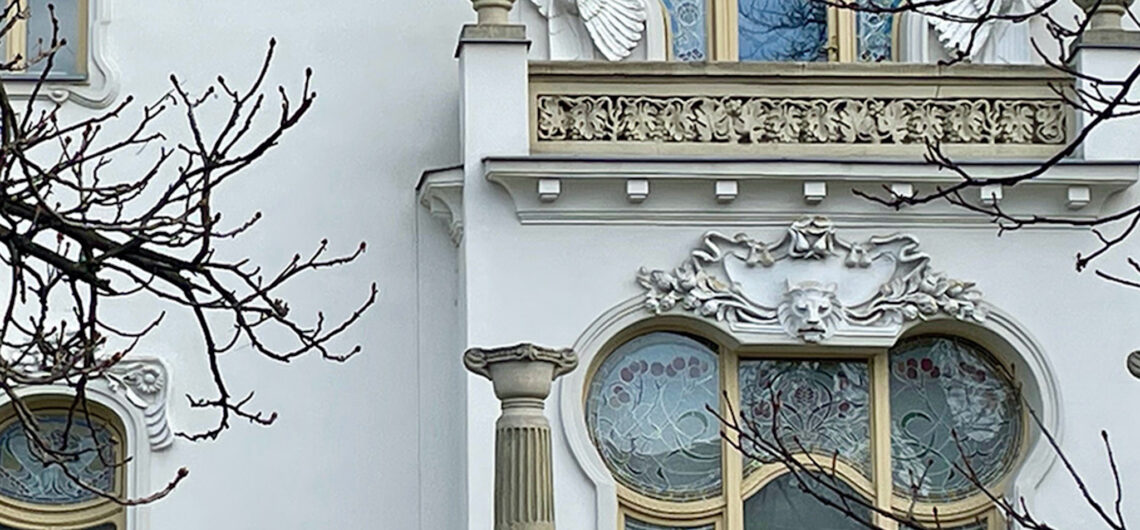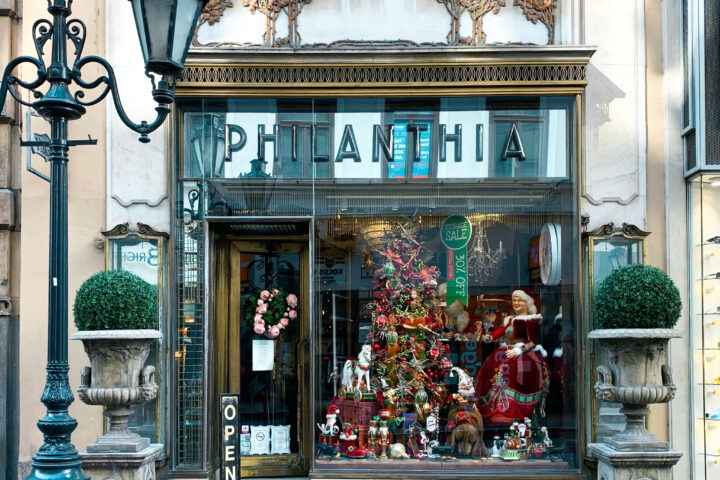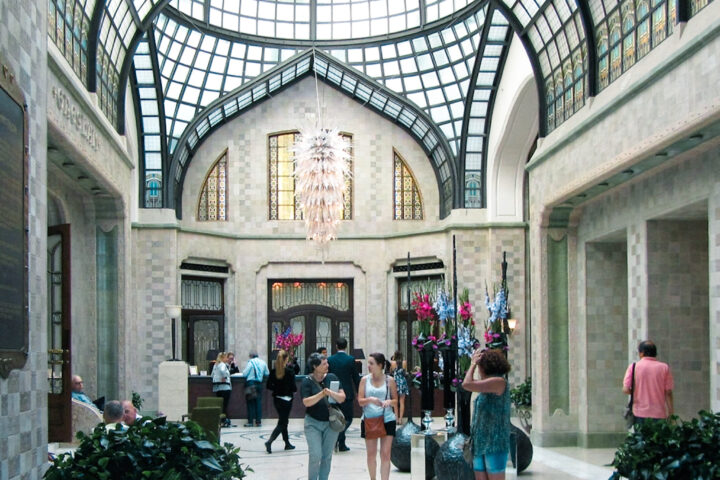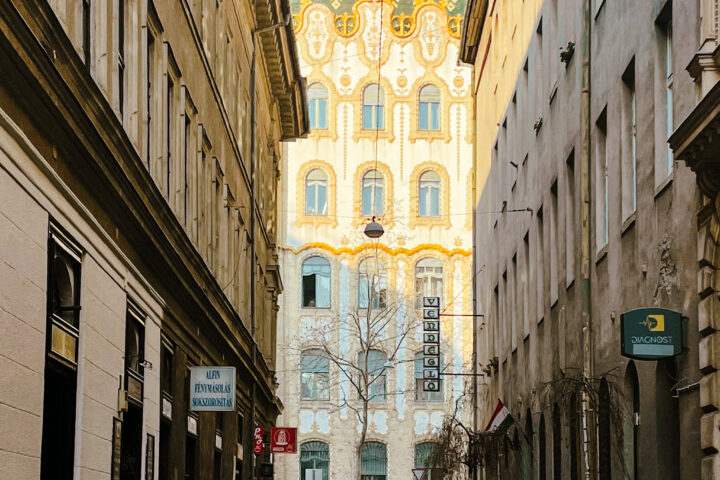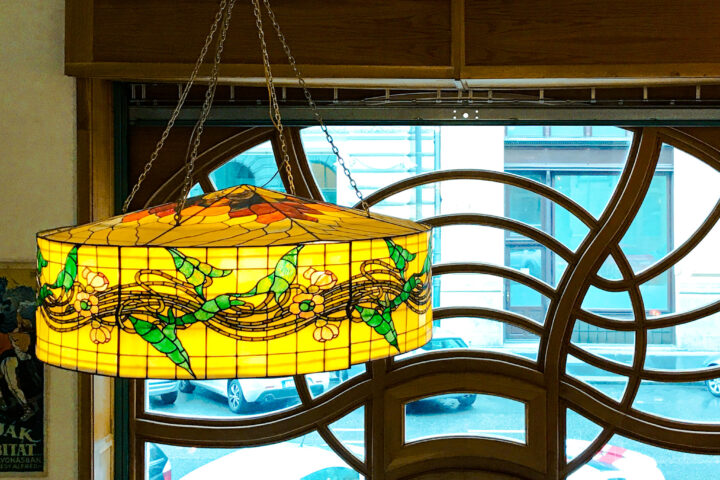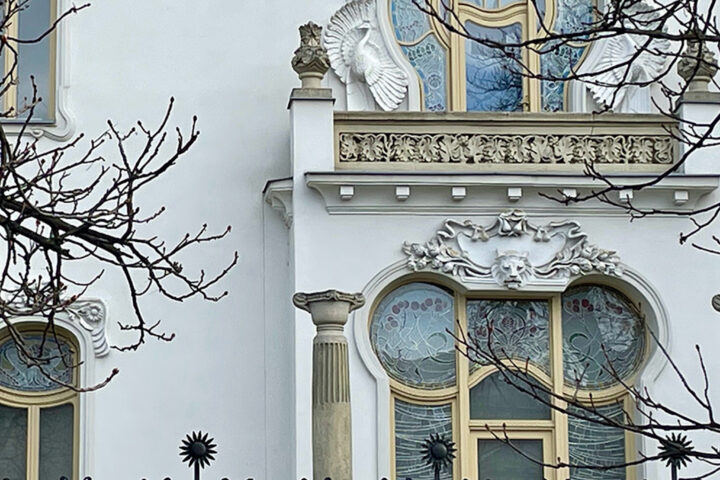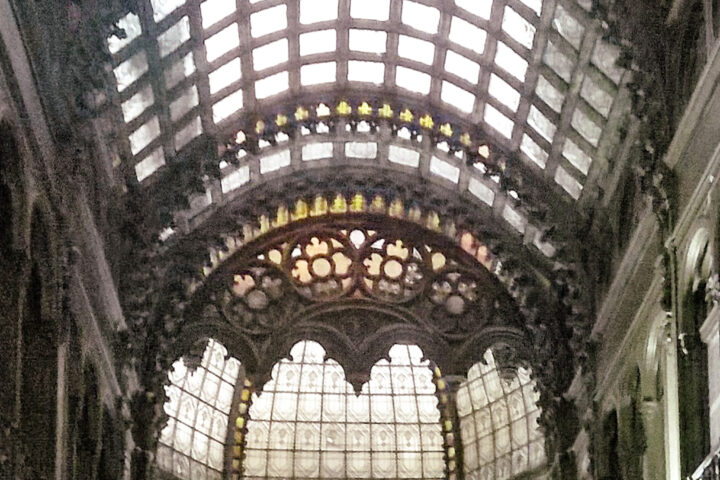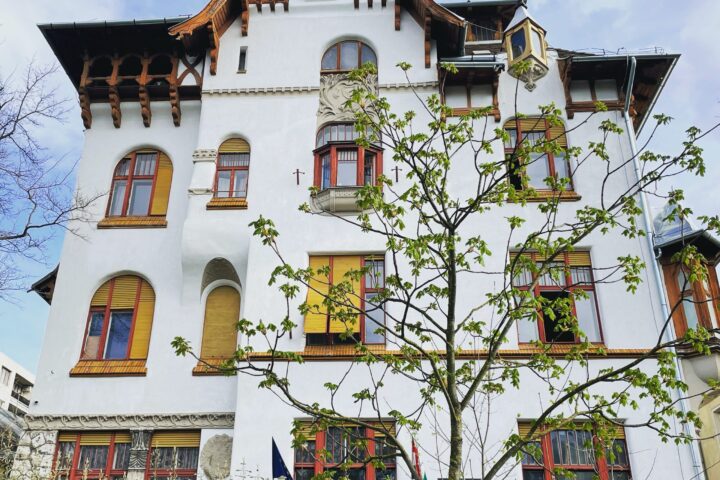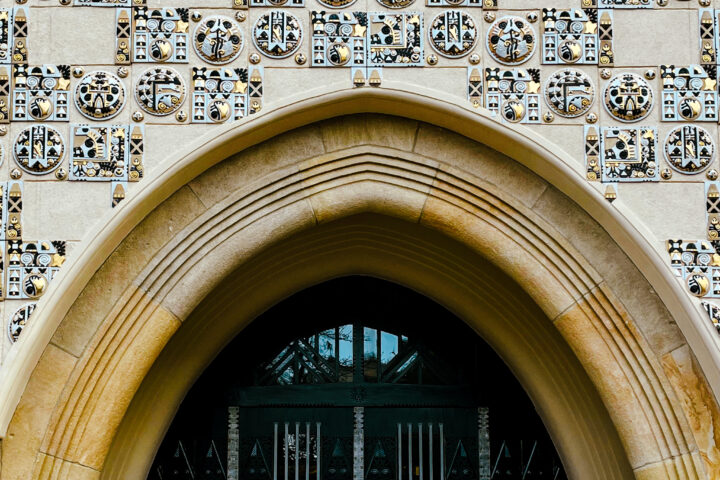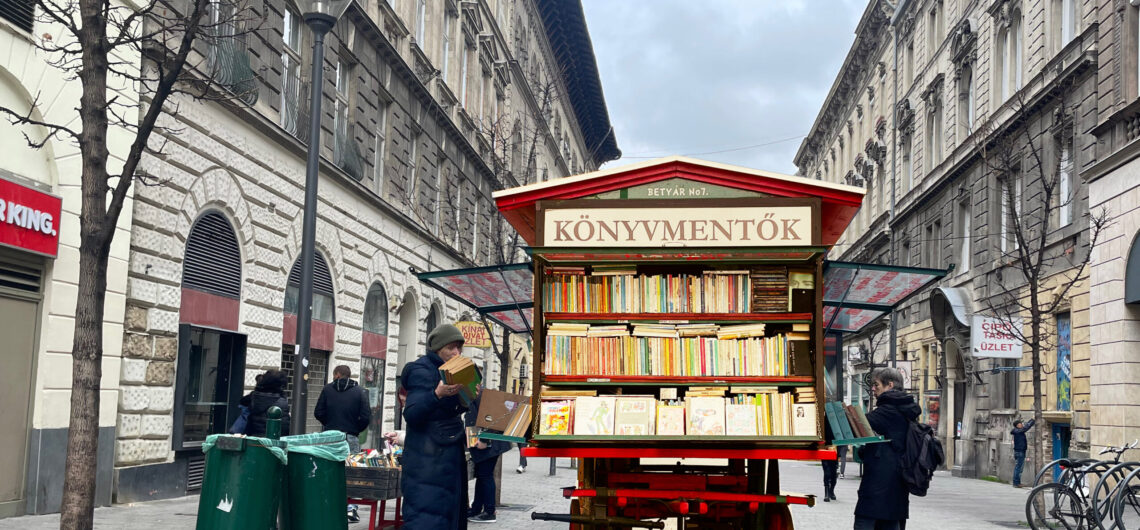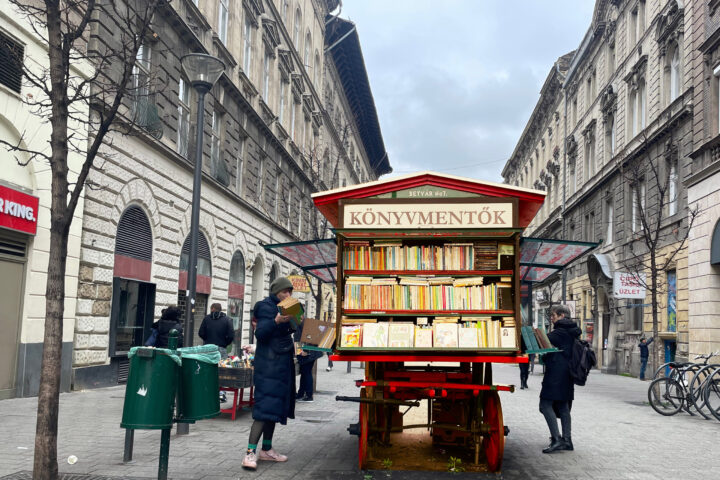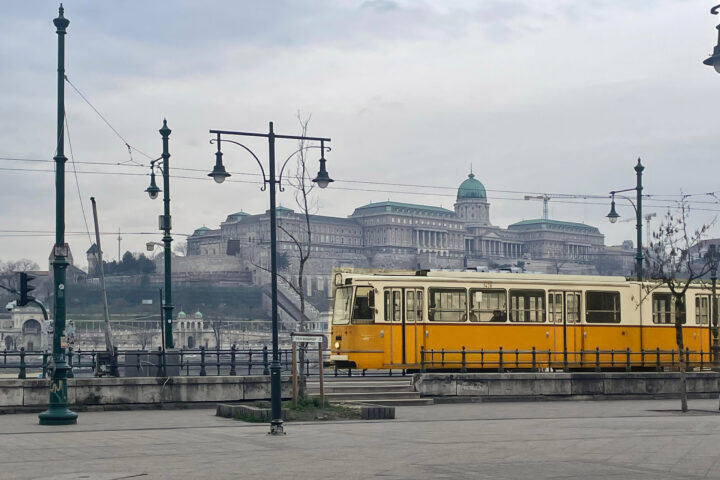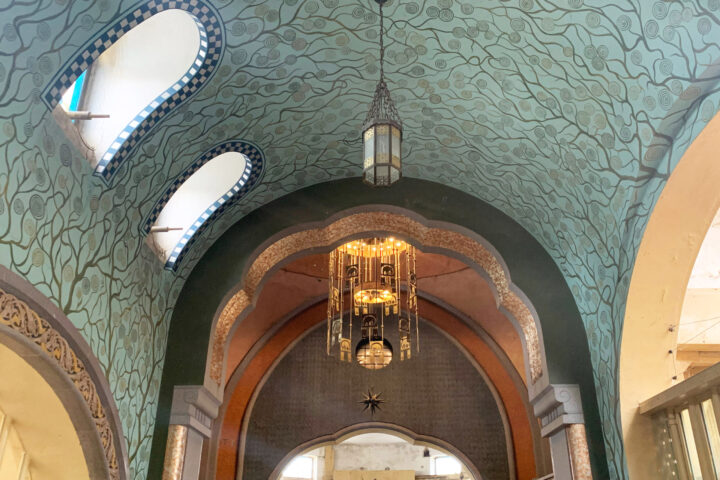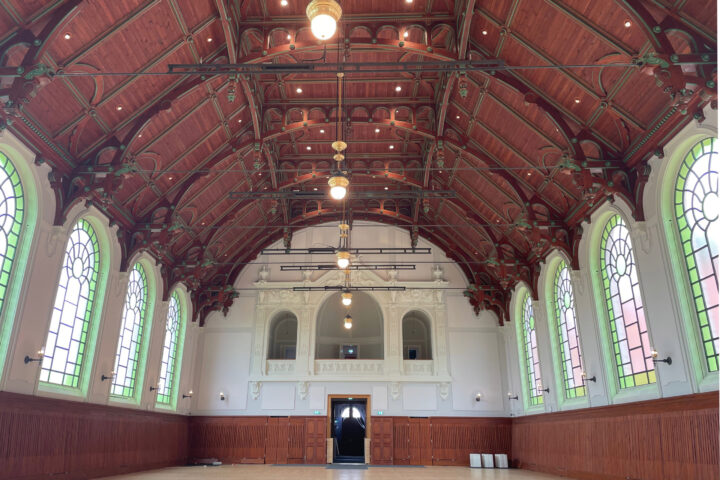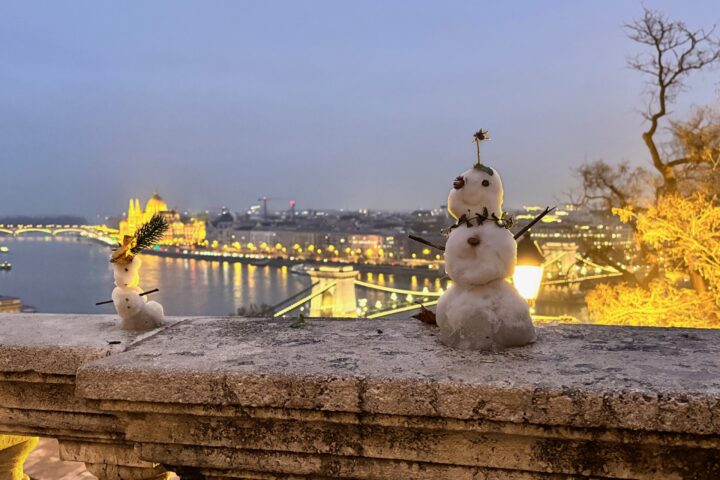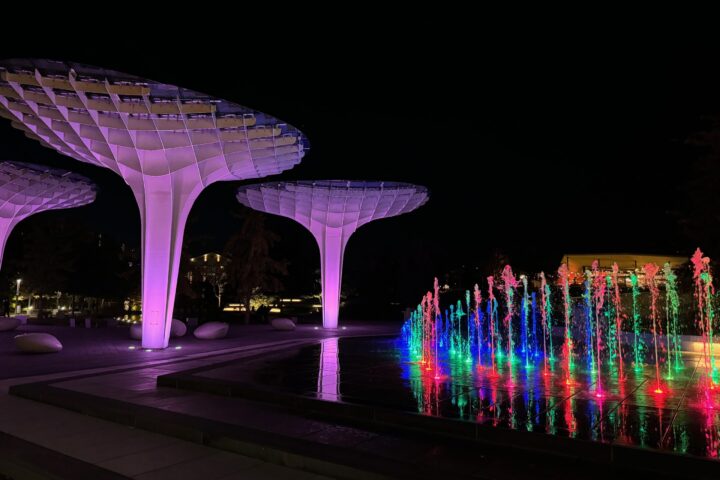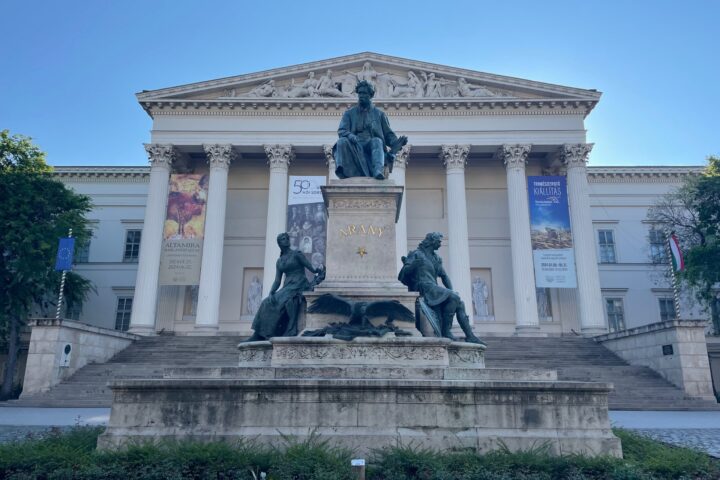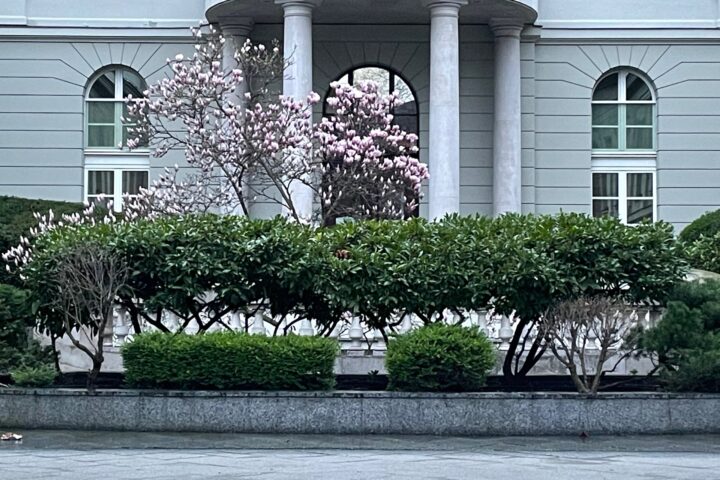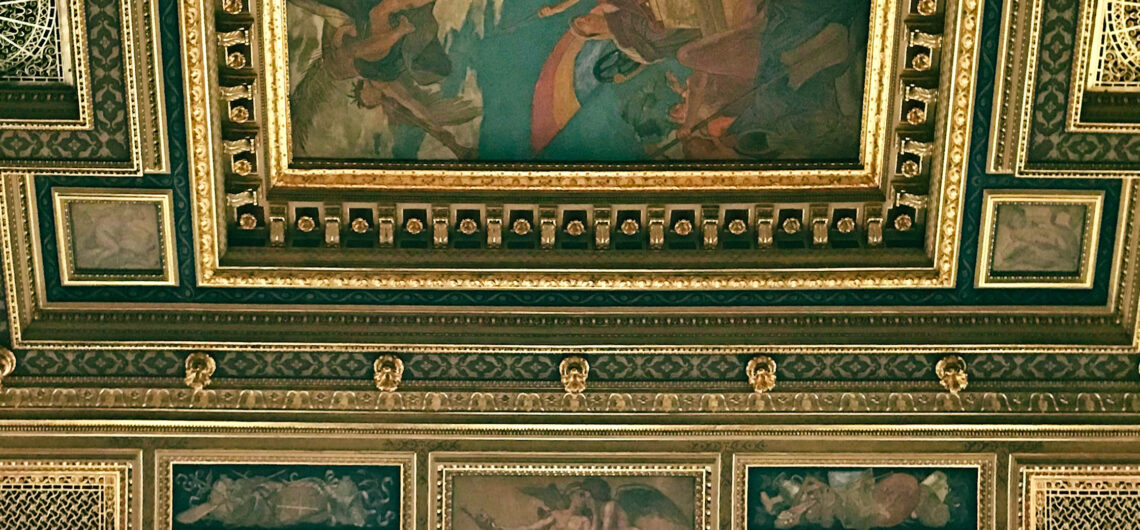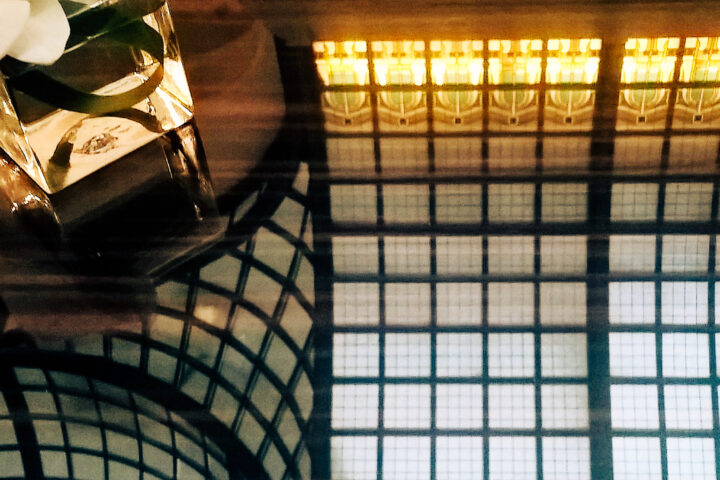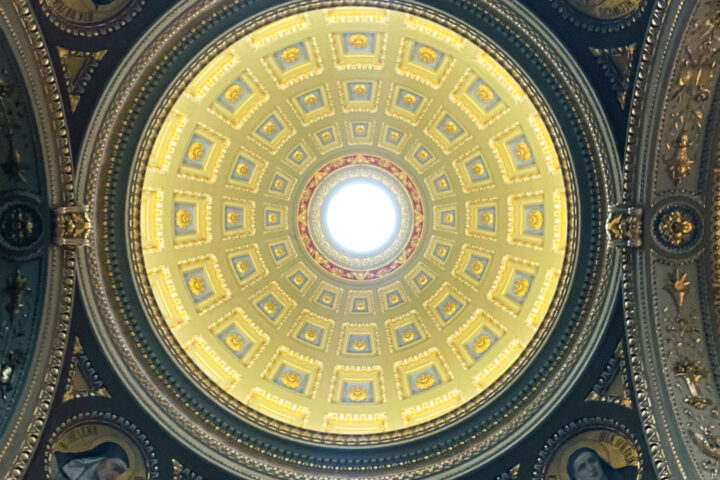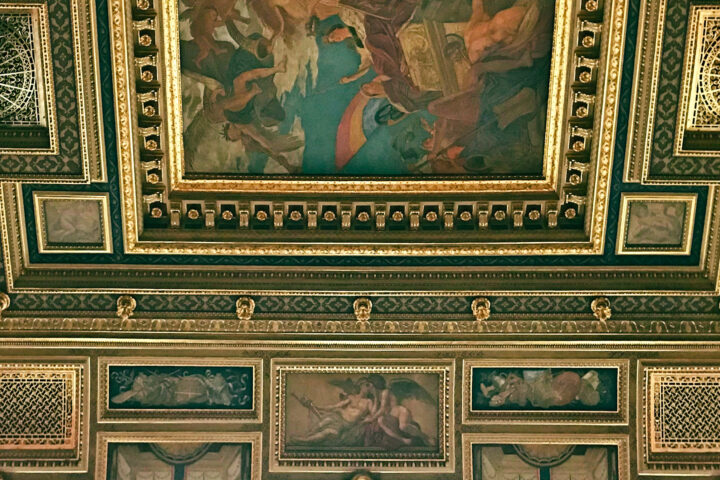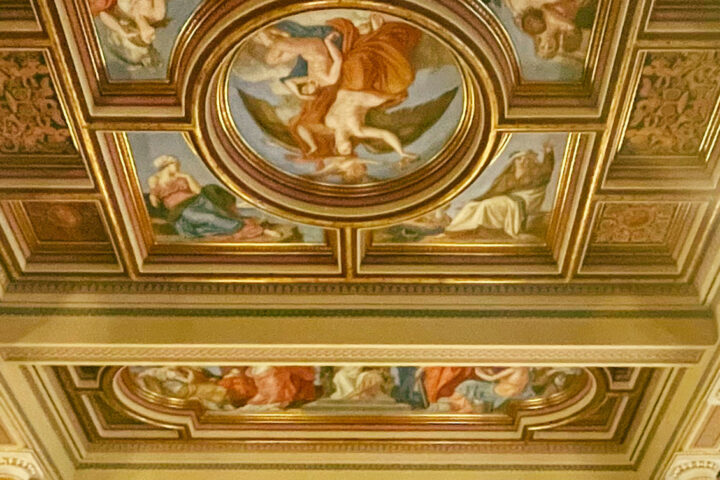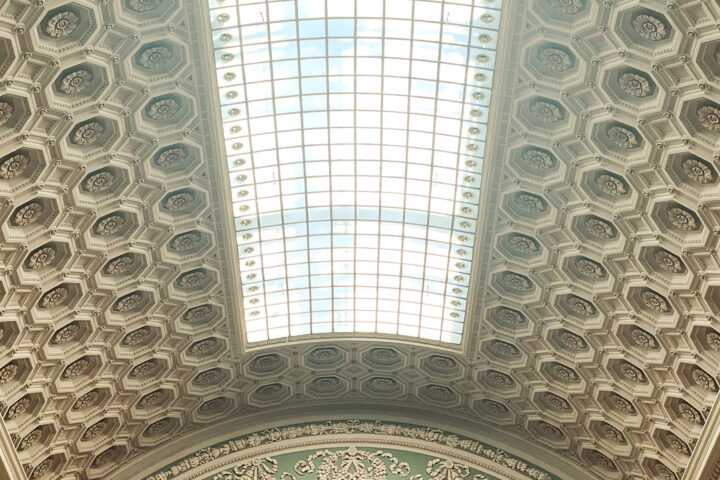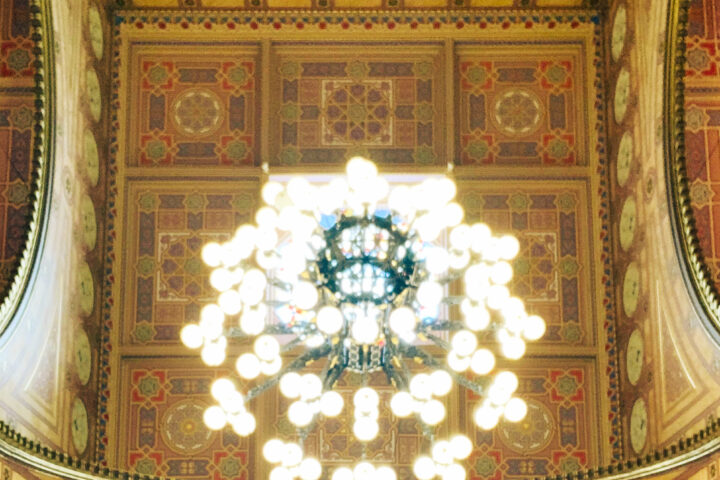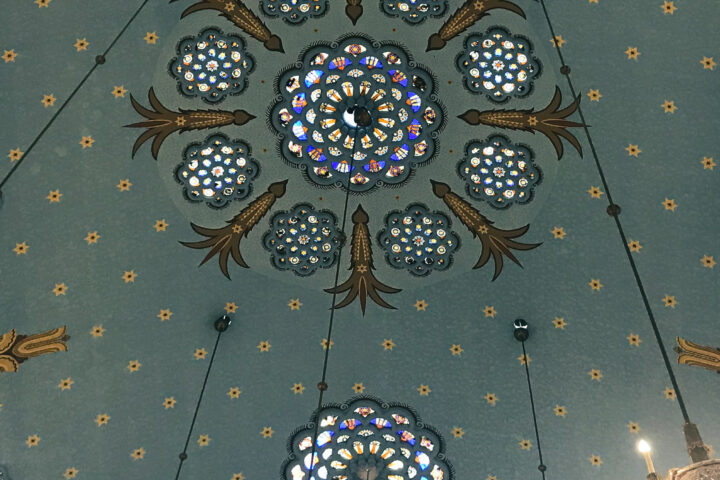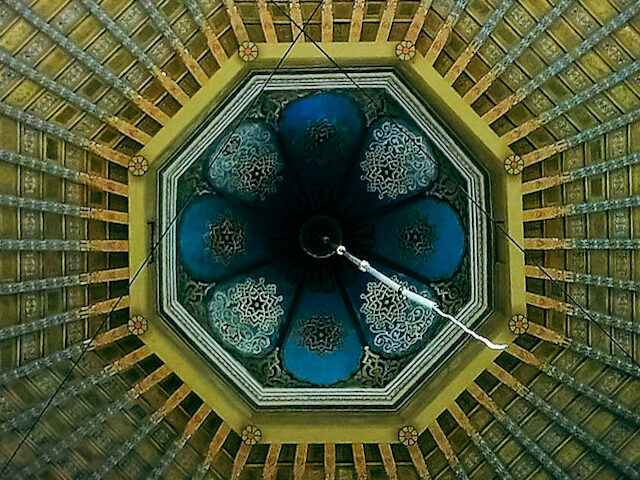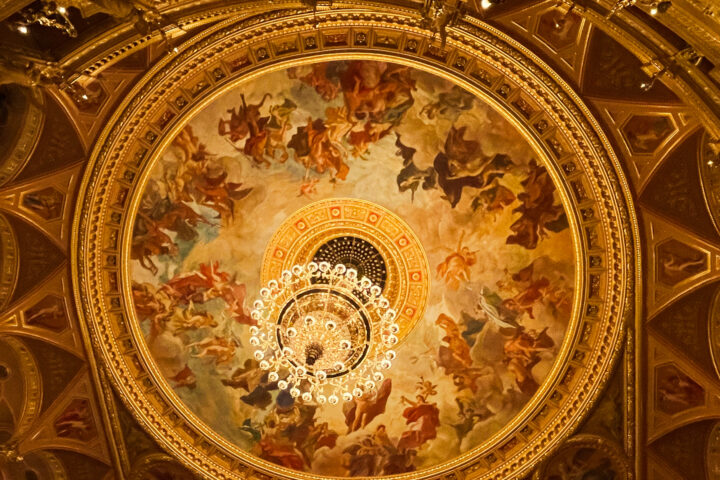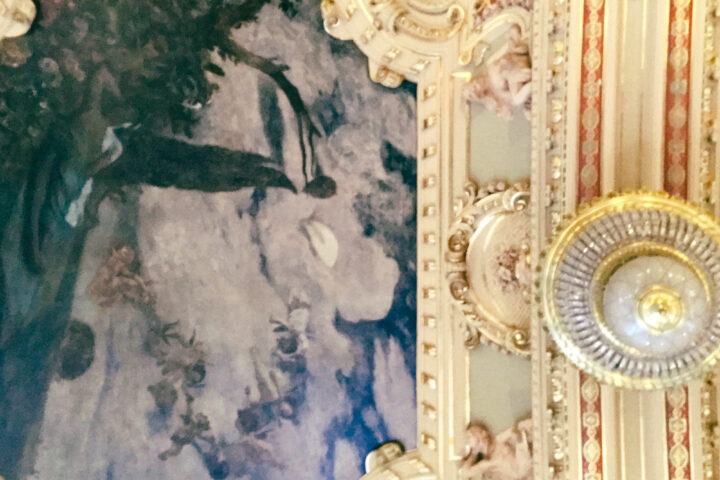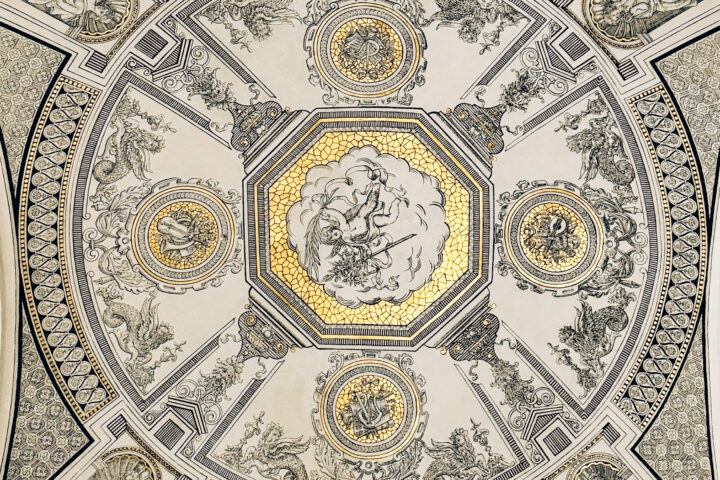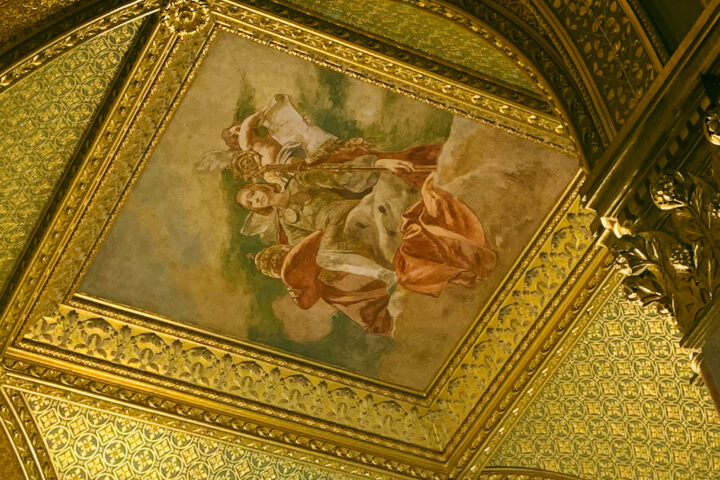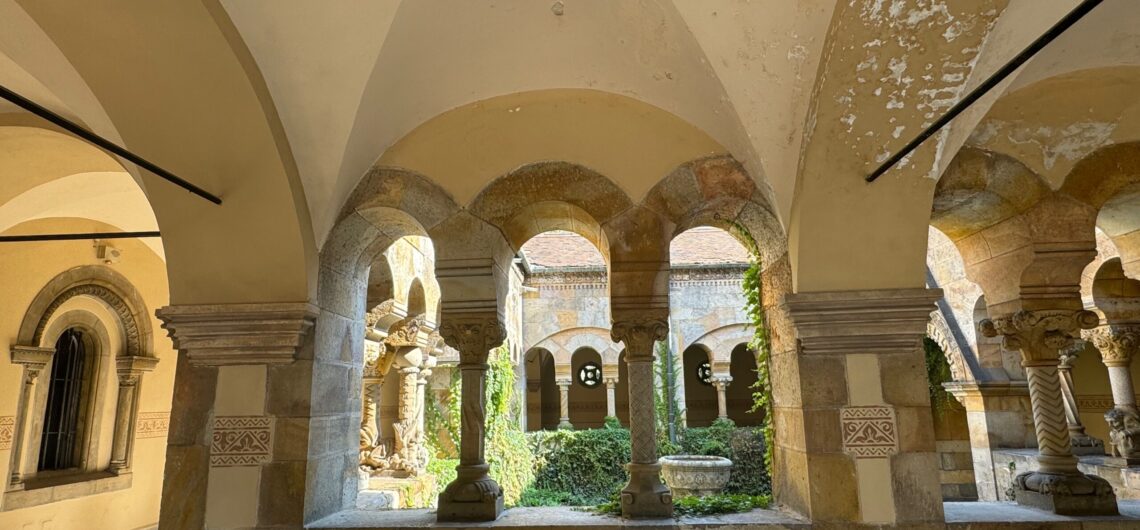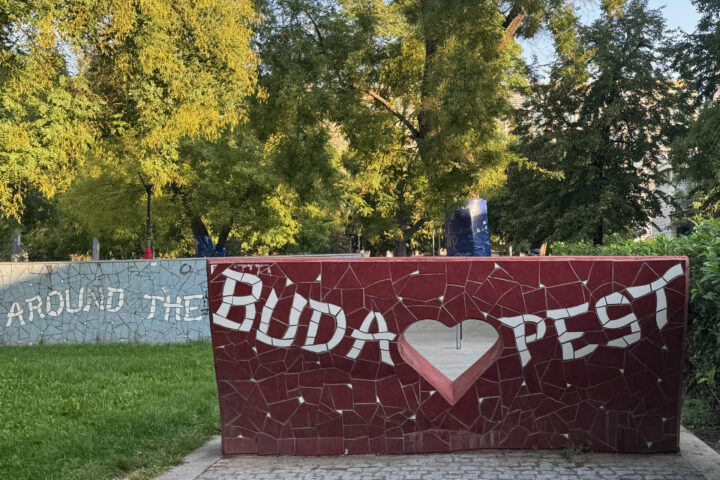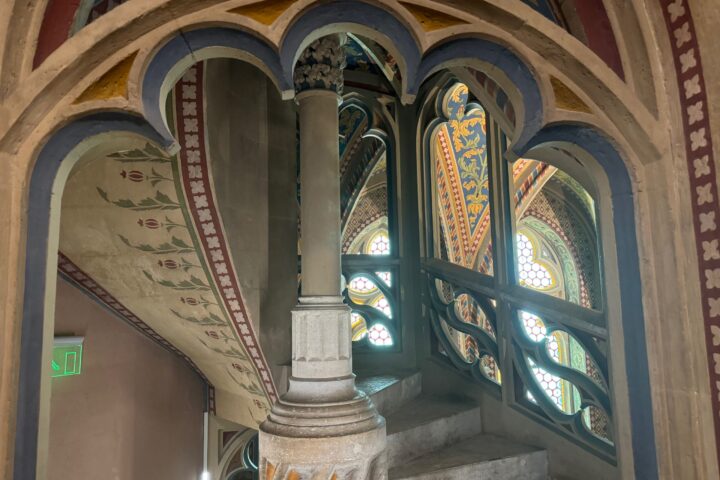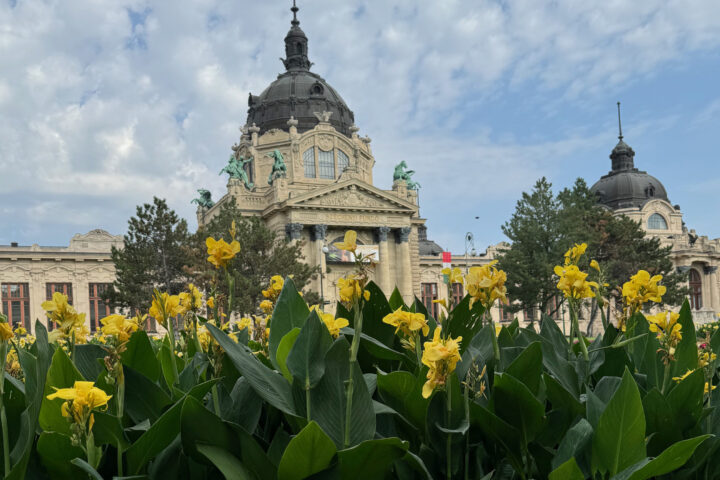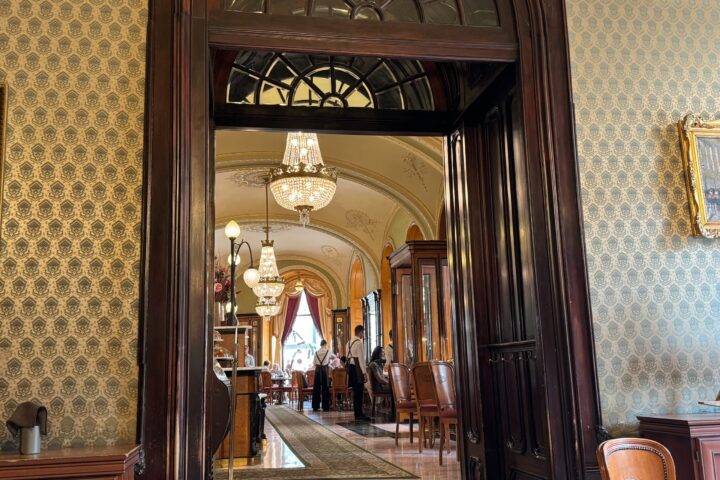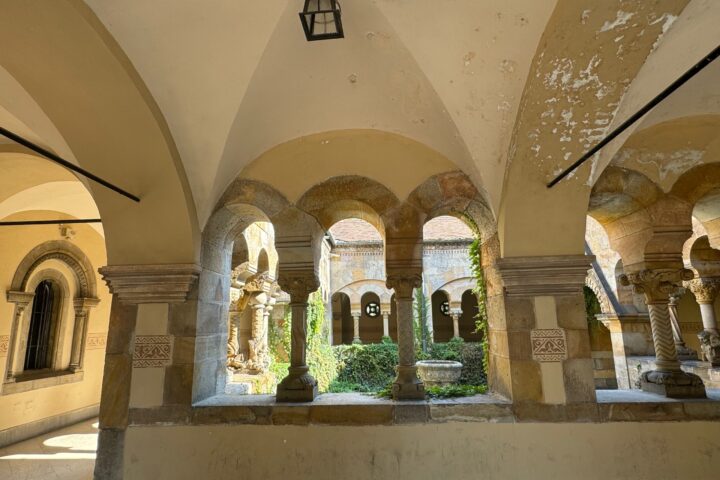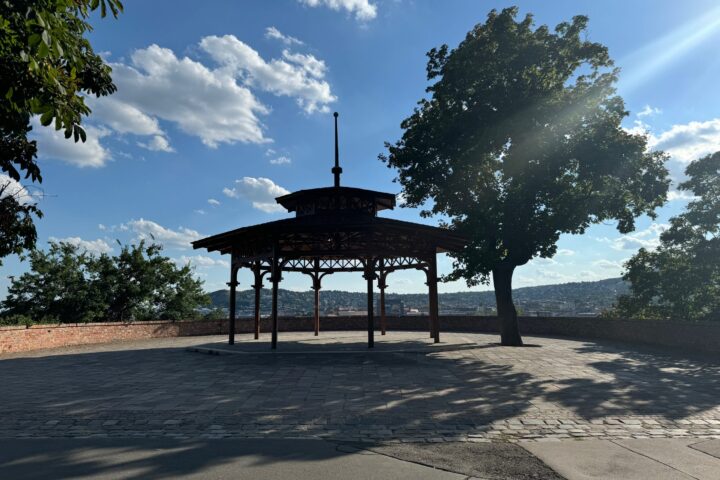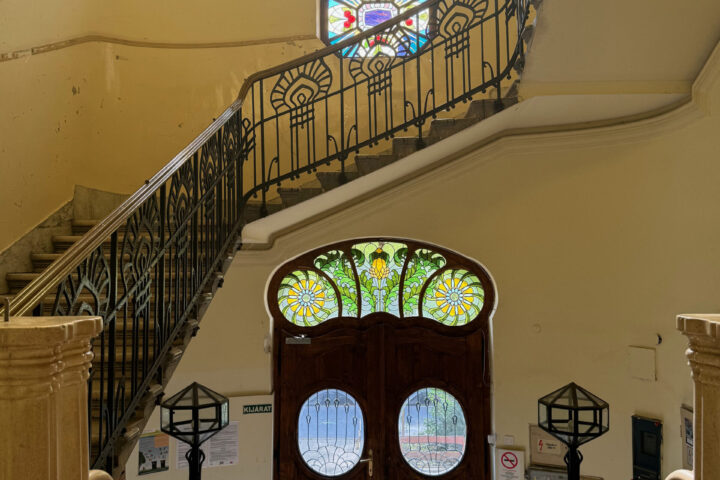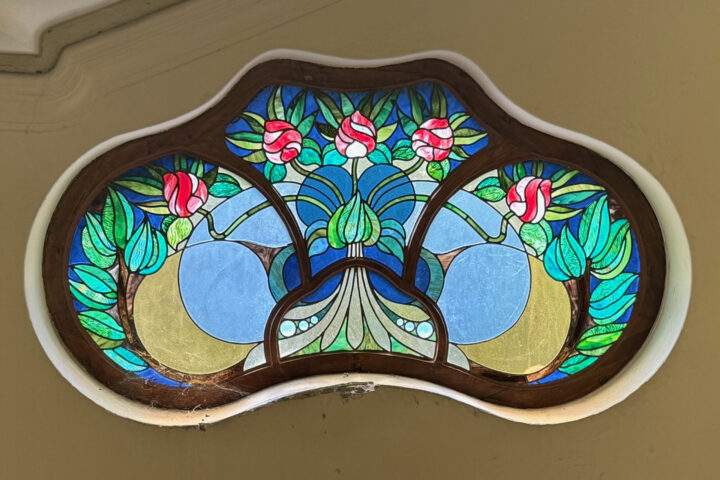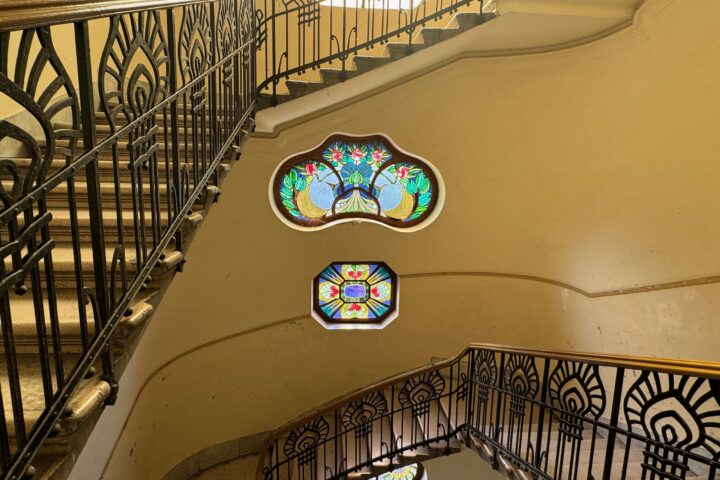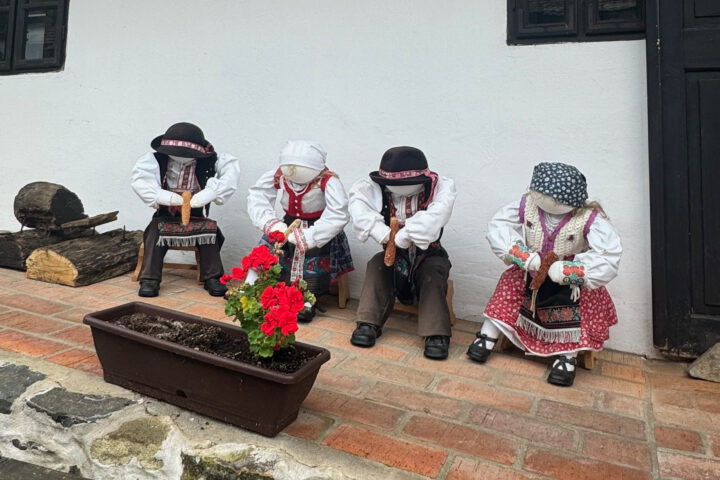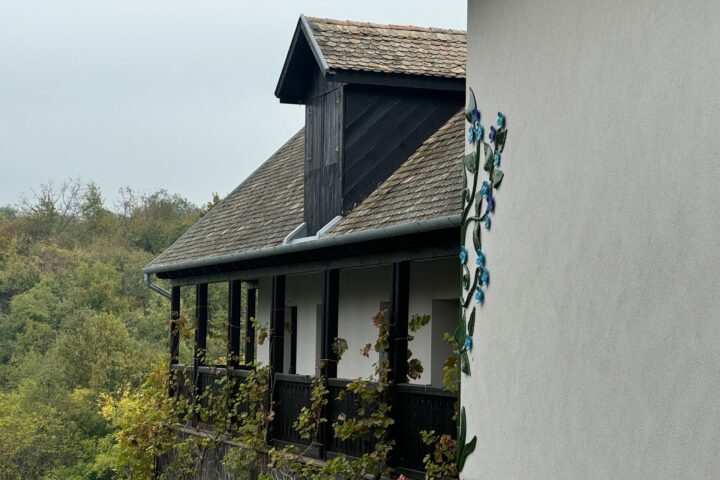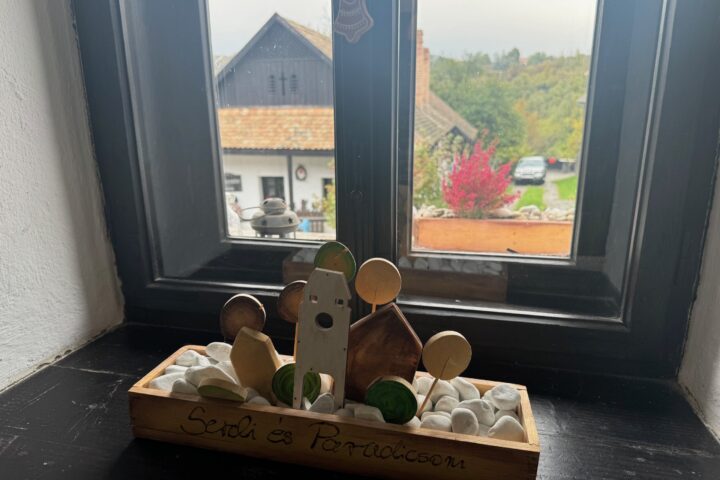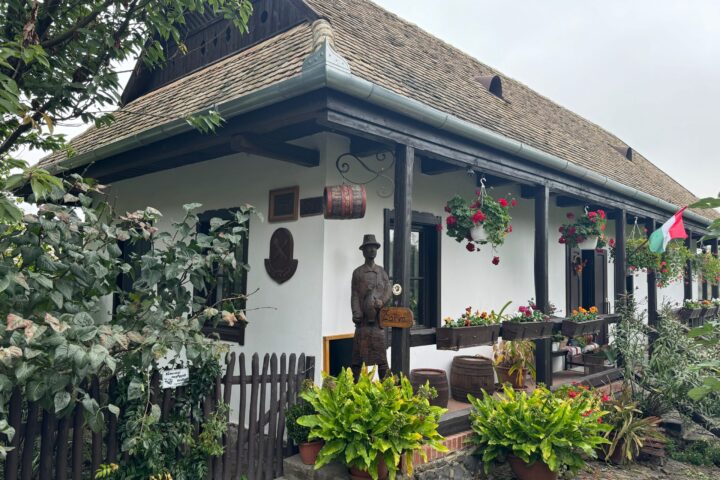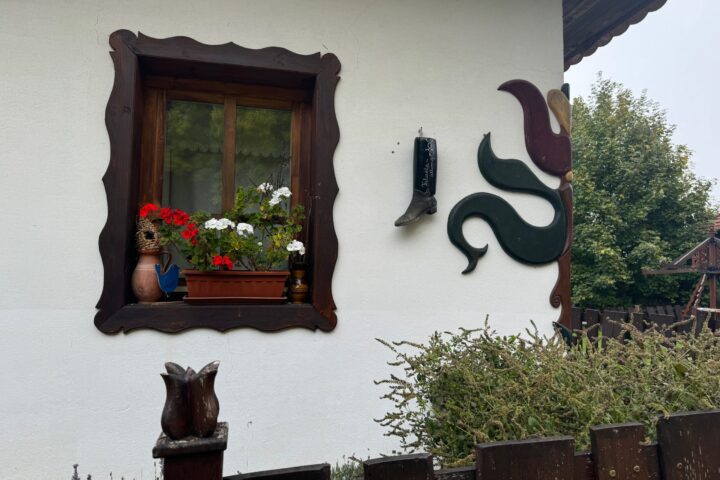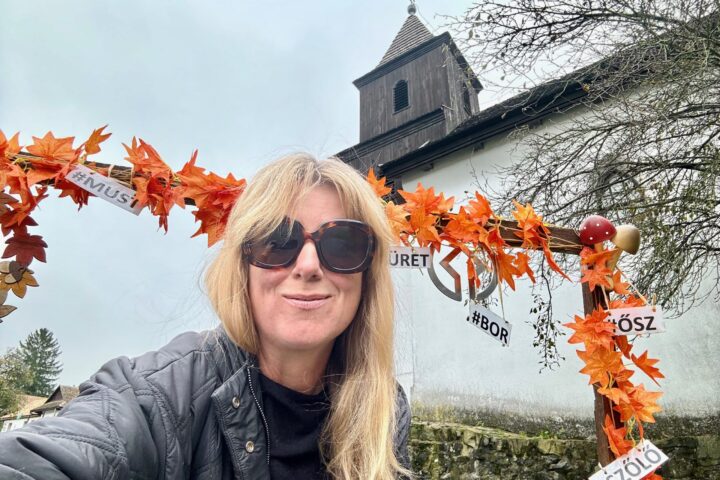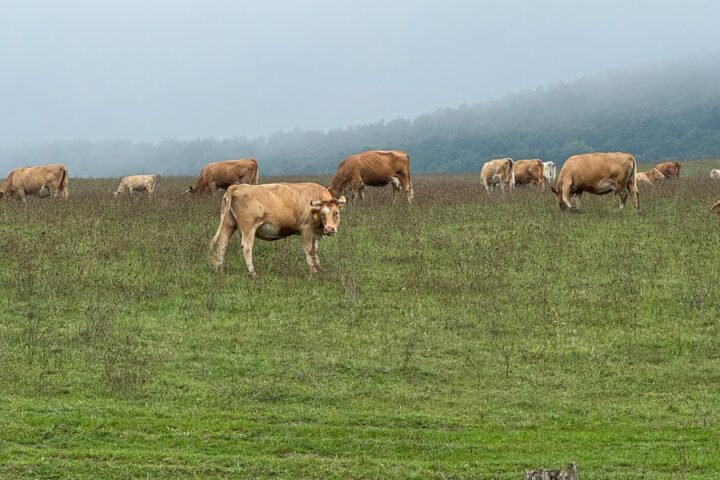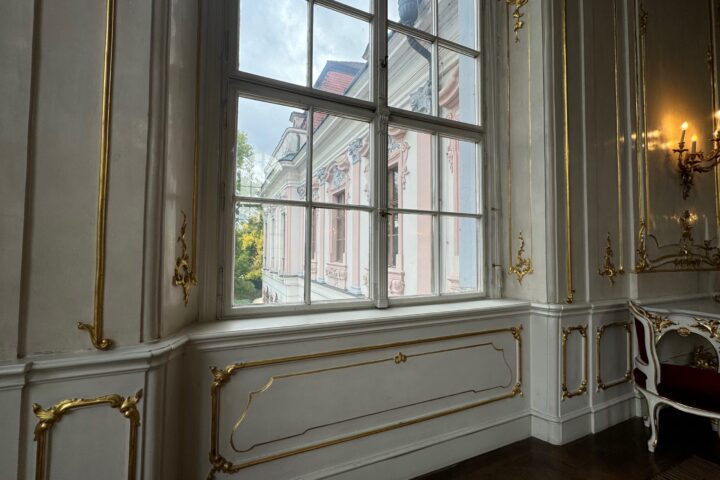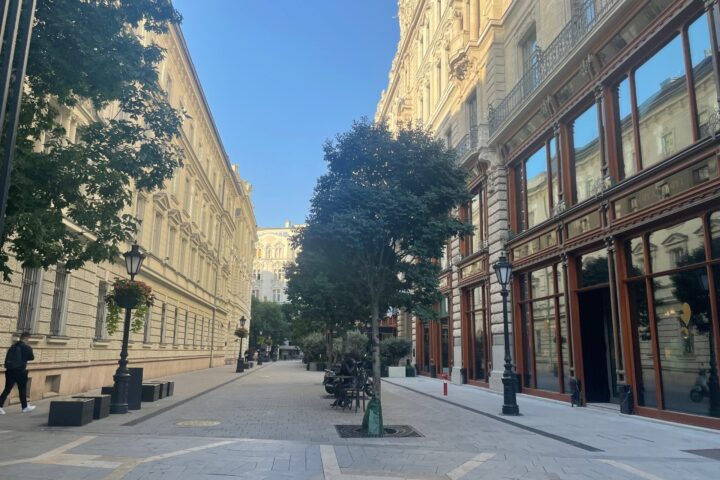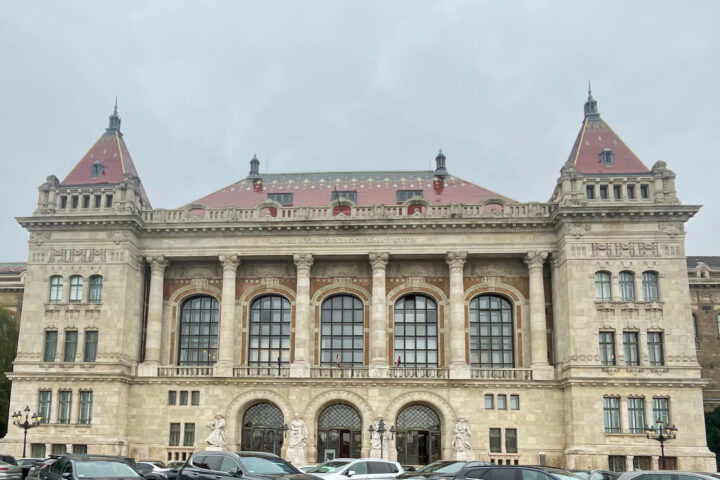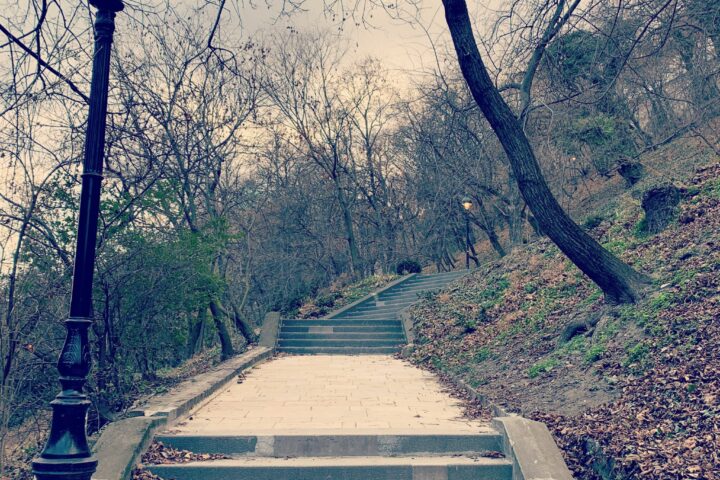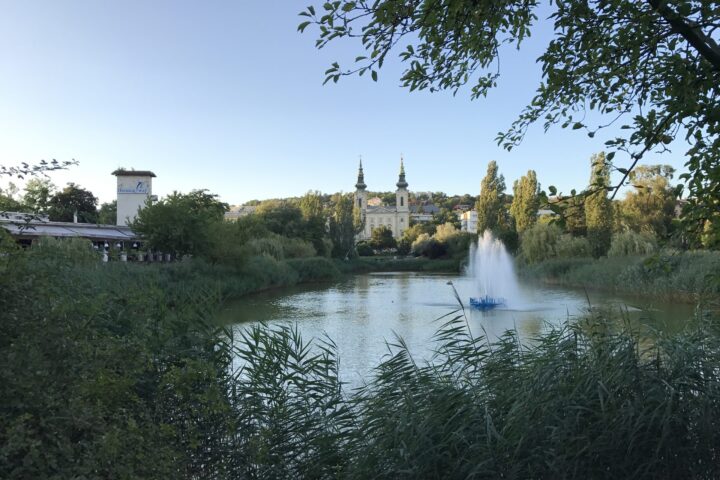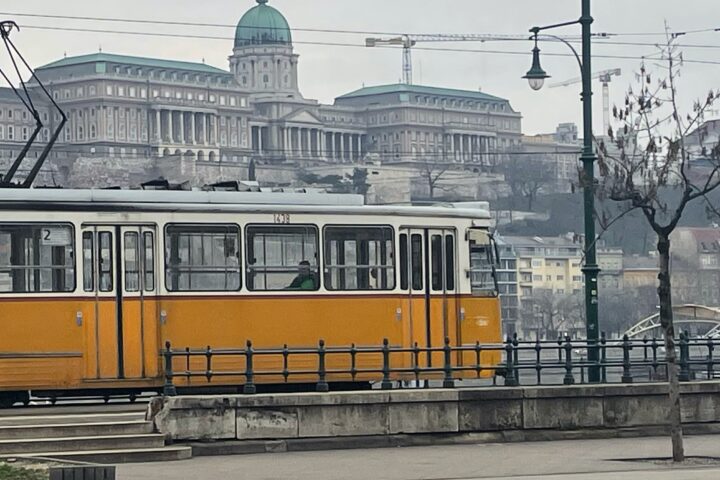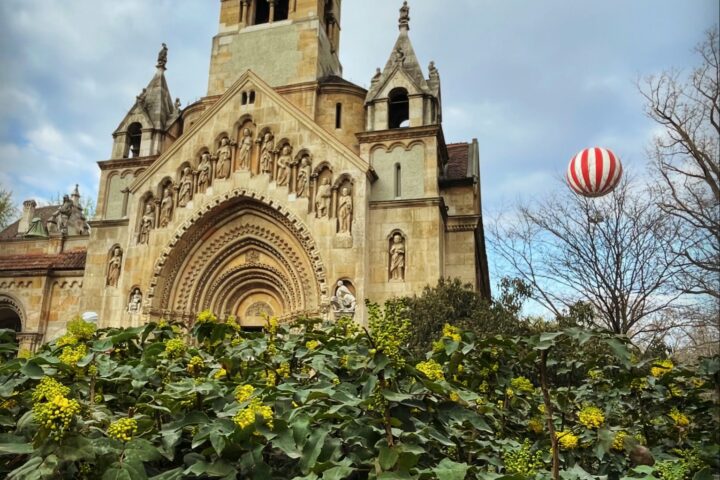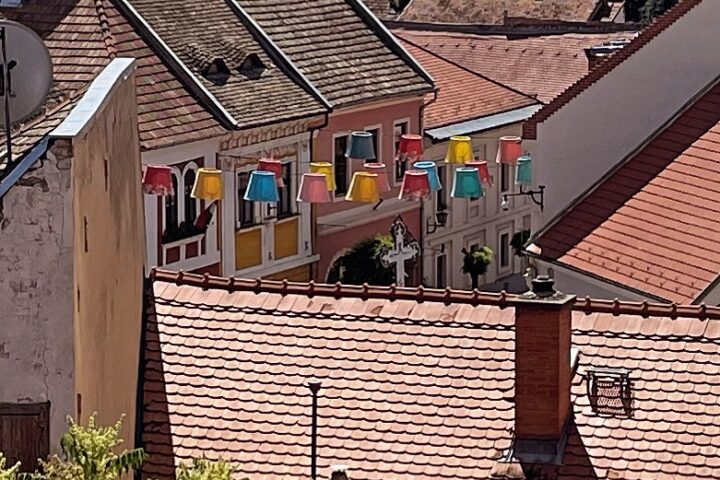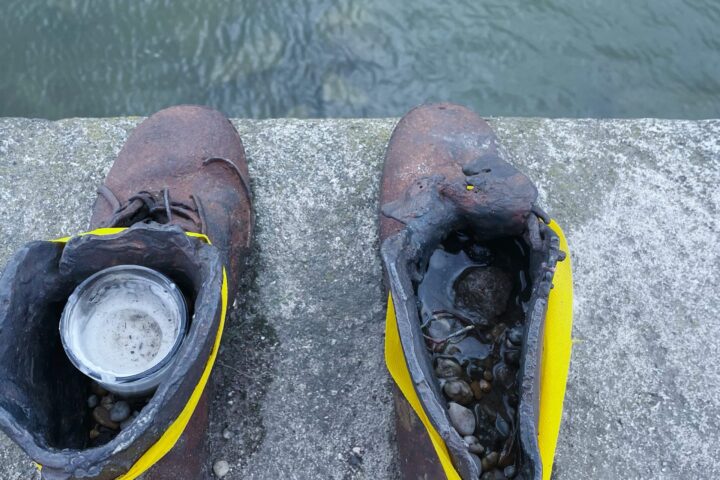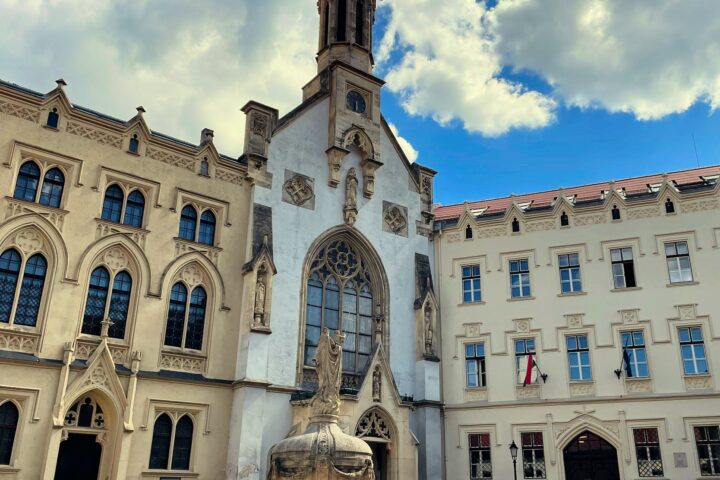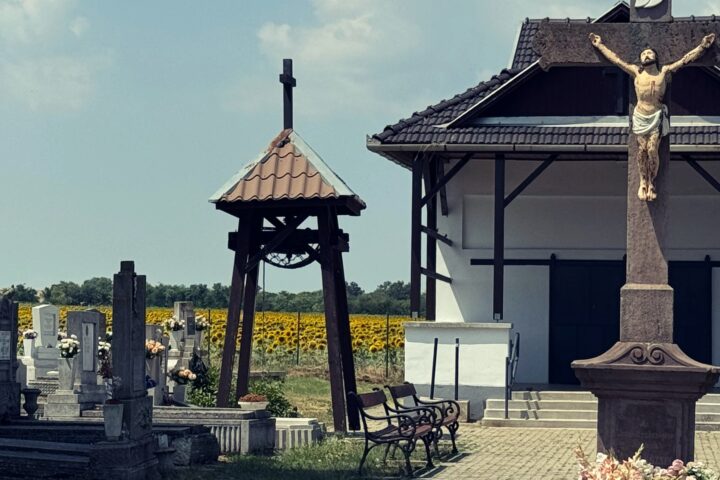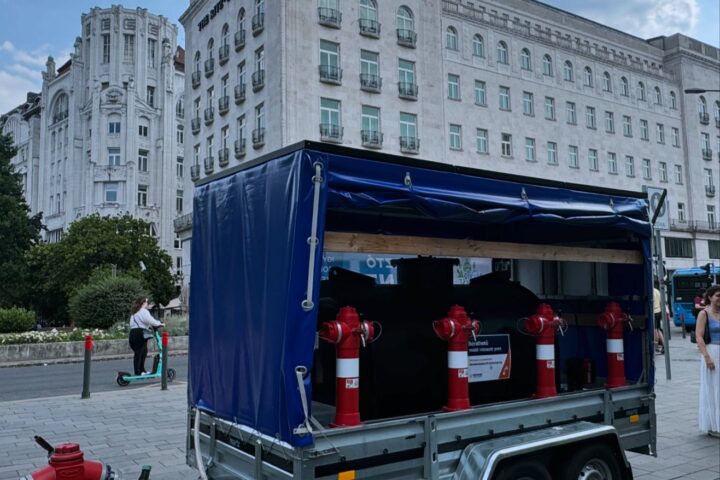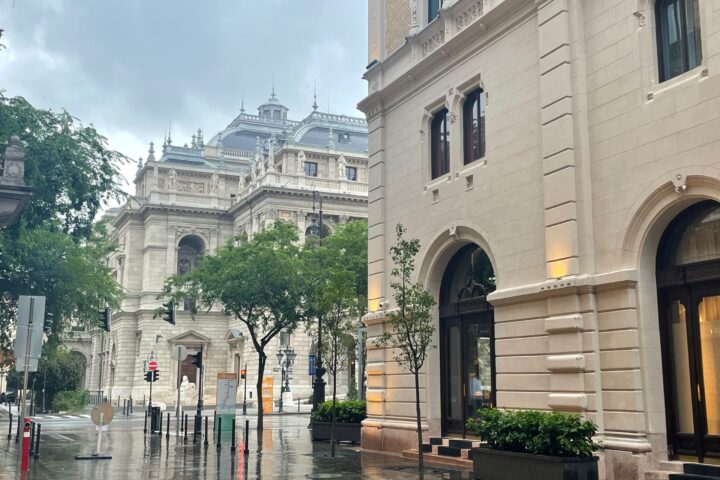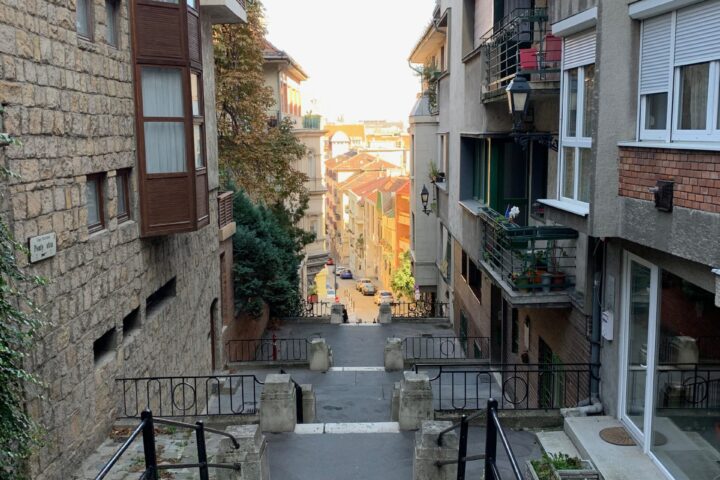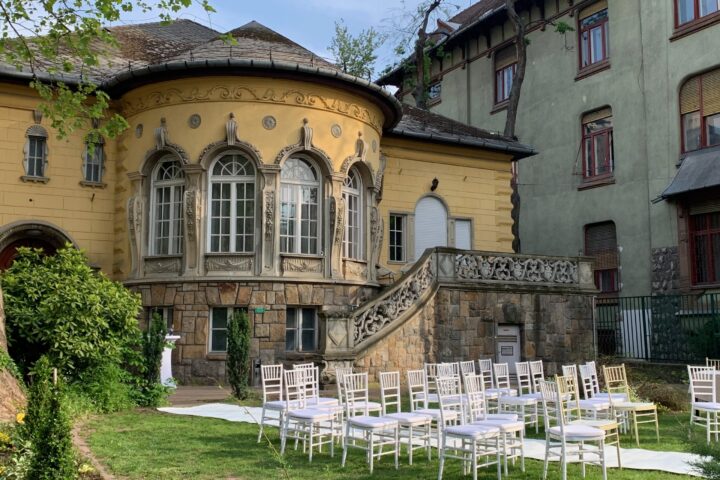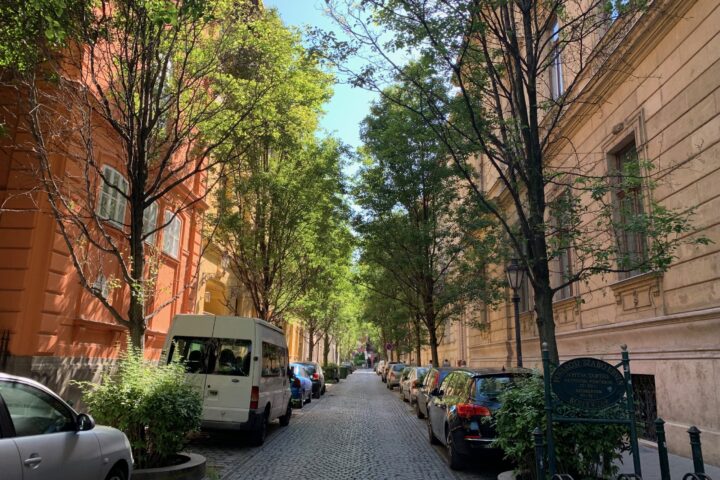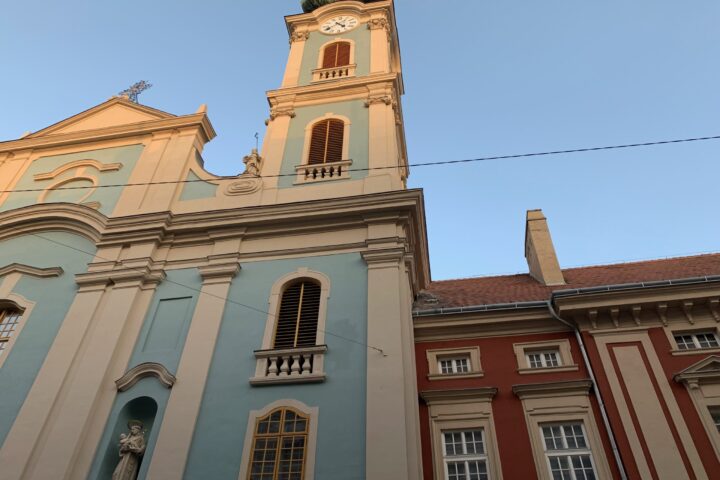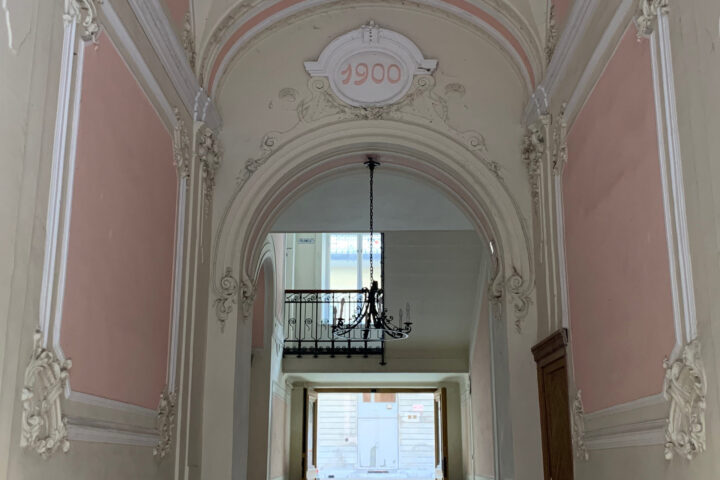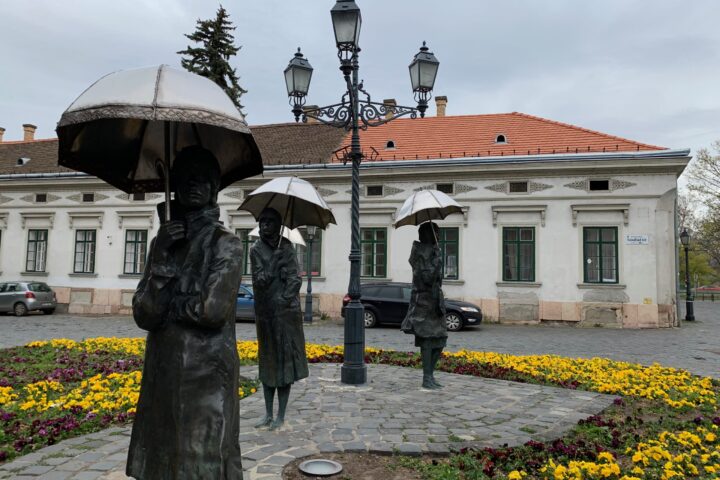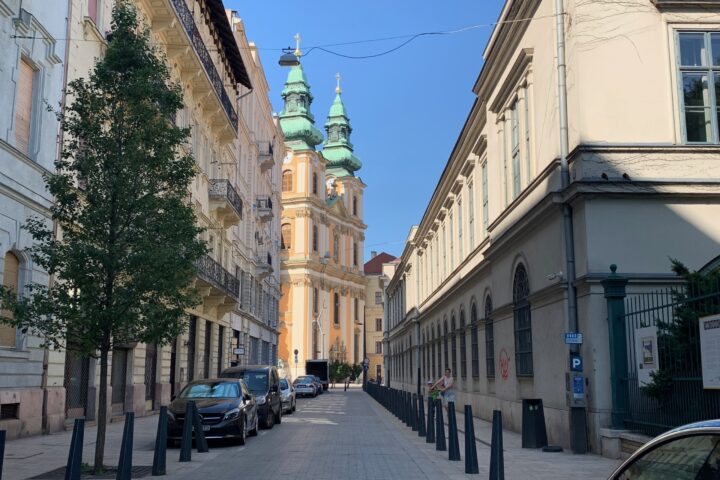Budapest is a hidden gem for lovers of Art Nouveau architecture, with its stunning buildings and intricate designs scattered throughout the city. One of the best ways to explore this unique style is by wandering the streets of Budapest's inner city, where you'll find elegant façades adorned with flowing curves, floral motifs, and elaborate designs of ceramic tiles. On a walking tour I take you to and tell you the fascinating stories of many different buildings. The Bedő House was designed by architect Emil Vidor and is a stunning example of Art Nouveau architecture in Budapest. Featuring exquisite wrought-iron balconies, floral motifs, and vibrant ceramic tiles, the building showcases the elegance and decorative beauty of the early 20th century. The Gresham Palace, now a luxury hotel, is one of the most iconic examples of Art Nouveau, showcasing the grandeur and beauty of the movement. Another must-see is the Ráth György Museum, which boasts a remarkable collection of Art Nouveau objects and architectural details. The Art Nouveau villa buildings along Városligeti Fasor are a stunning showcase of the architectural style, with their ornate façades and fine details blending harmoniously with the surrounding green space. These charming villas, often adorned with floral motifs, curved lines, and decorative tile work, offer a glimpse into Budapest's elegant early 20th-century design heritage. As you walk through Budapest, you’ll notice how Art Nouveau seamlessly blends with the city’s more classical and Baroque architecture, creating a captivating fusion of old and new. Exploring Budapest’s Art Nouveau is not just about admiring beautiful buildings; it's about stepping into a time when design was meant to evoke emotion and tell a story. Contact me for more details or book a tour with me!
Budapest is a hidden gem for lovers of Art Nouveau architecture, with its stunning buildings and intricate designs scattered throughout the city. One of the best ways to explore this unique style is by wandering the streets of Budapest’s inner city, where you’ll find elegant façades adorned with flowing curves, floral motifs, and elaborate designs of ceramic tiles.
On a walking tour I take you to and tell you the fascinating stories of many different buildings. The Bedő House was designed by architect Emil Vidor and is a stunning example of Art Nouveau architecture in Budapest. Featuring exquisite wrought-iron balconies, floral motifs, and vibrant ceramic tiles, the building showcases the elegance and decorative beauty of the early 20th century. The Gresham Palace, now a luxury hotel, is one of the most iconic examples of Art Nouveau, showcasing the grandeur and beauty of the movement. Another must-see is the Ráth György Museum, which boasts a remarkable collection of Art Nouveau objects and architectural details.
The Art Nouveau villa buildings along Városligeti Fasor are a stunning showcase of the architectural style, with their ornate façades and fine details blending harmoniously with the surrounding green space. These charming villas, often adorned with floral motifs, curved lines, and decorative tile work, offer a glimpse into Budapest’s elegant early 20th-century design heritage.
As you walk through Budapest, you’ll notice how Art Nouveau seamlessly blends with the city’s more classical and Baroque architecture, creating a captivating fusion of old and new. Exploring Budapest’s Art Nouveau is not just about admiring beautiful buildings; it’s about stepping into a time when design was meant to evoke emotion and tell a story.
Contact me for more details or book a tour with me!
